|
|
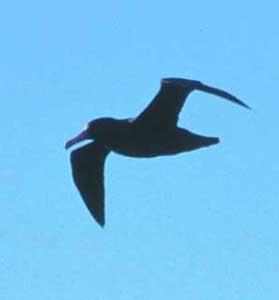 |
 |
|
|
text & most photos by Don Roberson
those attributed to other photographers
are
used with permission; all rights reserved. |
|
|
 |
 |
|
Other Pterodroma petrels to reach Monterey County waters are Mottled Petrel P. inexpectata (both during storms: one seen from Pt. Pinos 12 Dec 1984 during gale force winds, and the other stranded at the Seaside auto mall 24 Nov 1996 and taken to SPCA); Murphy's P. ultima and Cook's P. cookii Petrels, which may be regular far offshore; Stejneger's Petrel P. longirostris some 60 nmi off Pt. Sur on 17 Nov 1979; and Hawaiian (Dark-rumped) Petrel P. sandwichensis some 30 nmi off Cypress Pt. on 26 June 1994. Photos of Murphy's, Cook's, and Hawaiian Petrels appear on the page about far offshore birds. |
 |
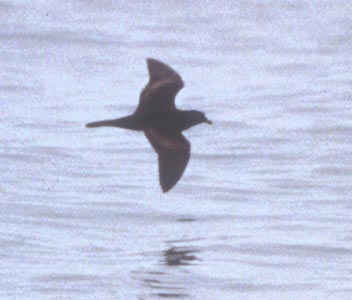 |
|
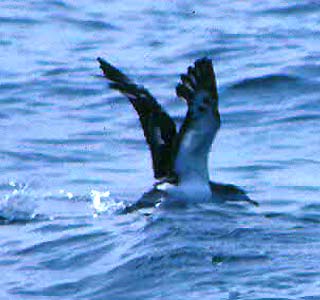 |
|
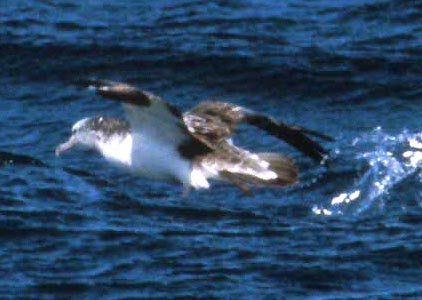 |
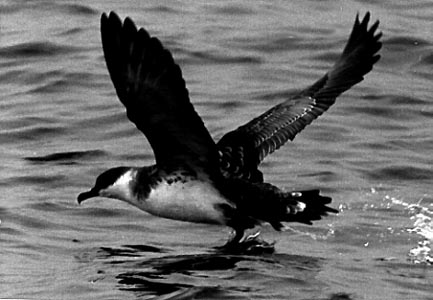 |
|
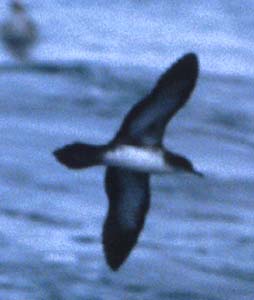 |
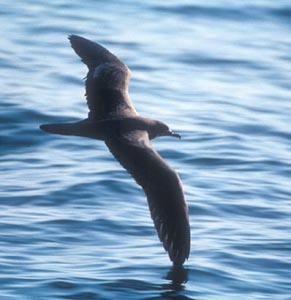 |
|
| The first Wedge-tailed Shearwater was a light-morph bird on 31 Aug 1986 (above, far left) and was the first for California (see Stallcup et al., 1988, West. Birds 19:61-68). The second was a dark-morph individual present for several weeks in Oct 1998 (above, middle). The third was another light-morph bird just outside Monterey harbor 26 Sep 1999 (photo in Monterey Birds, 2d ed.). |
Photos below © Don Roberson 12 Oct 1996 (left) & © Rod Norden 29 Aug 1993 (right)
|
|
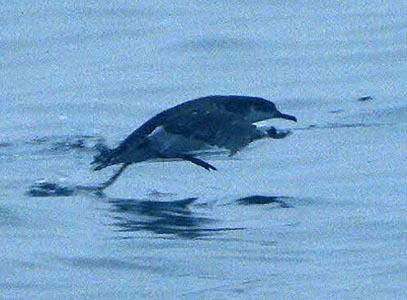 |
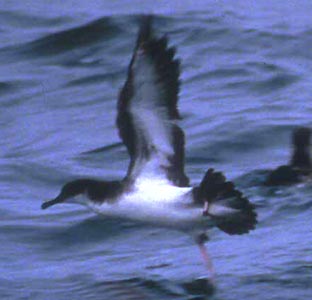 |
| Since we see apparent juvenal Manx Shearwaters in fall, they are presumably nesting somewhere north of Monterey Bay in a yet undiscovered locale (Alaska? B.C.?). This writer authored a major paper on our Manx Shearwaters (Roberson, 1995, Birding 28:18-33). |
Photos below © D. Roberson, 3 Oct 1982 (left) & 9 Oct 1977 (right)
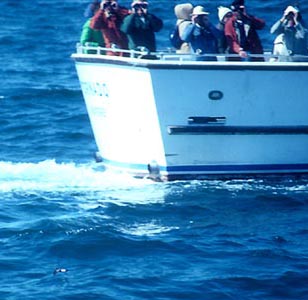 |
|
 |
|
|
 |
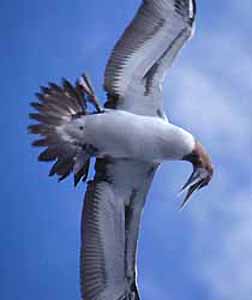 |
|
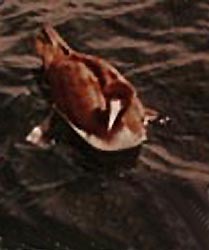 |
|
We also have one sight record of up to 4 Blue-footed Boobies (no photos) diving for fish between Pt. Pinos and Lovers Pt., Pacific Grove, on 16-17 Oct 1971. The summer and fall of 1971 brought a spectacular invasion of 80 Blue-footed Boobies to California. These invasions are very unpredictable, and there hasn't been another like it in the past 20 years. |
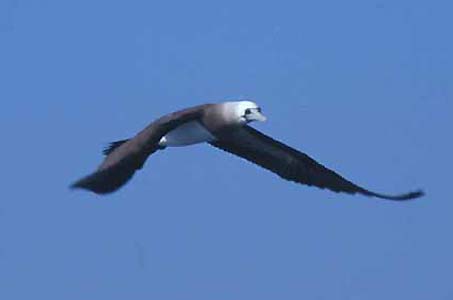 |
 |

 |
|
| A red-footed dark morph landed on the research vessel Pt. Sur in Monterey Bay on 8 Oct 1987 and rode the ship into Moss Landing. Another dark morph landed on a ship in San Francisco Bay on 17 Oct (bottom middle, above). On 3 Dec, a gray-footed dark morph appeared at Hopkins Marine Station and then later, at dusk, landed on Pt. Pinos (far left, above). In the fading light and cold, the sole unretouched photo (far left, above) is double exposed. Using PhotoShop®, that double image can be removed (above, upper middle) to show approximate proportions, including bill size, and wing and tail length. In 1987, it was not yet known that the gray feet identified it as a very young Red-foot and the bird was mistaken by some as "Brown Booby" because of whitish in the underwings. As it turned out, some dark Red-foots have white patches in underwing coverts. The Pt. Pinos booby proved to be the final Red-footed of the 1987 invasion. |
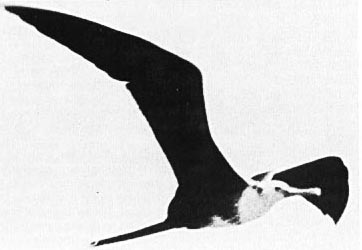 |
|
|
|
 |
 |
apparently regular in Monterey Bay in the late 19th and early 20th centuries. |
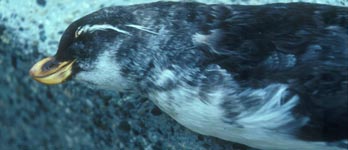
 |
| Rollo H. Beck collected 18 Parakeet Auklets between 1905-1908, including this one (above right, bottom shot) just off Pt. Pinos on 13 Jan 1908 (specimen Calif. Acad. Sci.). The most recent record is one found dead on a Moss Landing beach 3 Mar 1974 (above right, top shot; specimen Moss Landing Marine Lab). In addition, both Least and Crested Auklets have been found on northern California beaches not far north of Monterey Bay. |
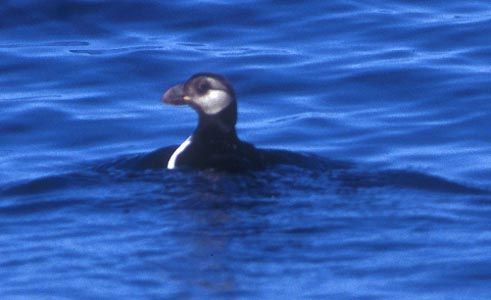 |
|
Go to the linked pages on these buttons to view the common and/or regular species of birds on Monterey Bay:
|
TO GO TO ALBATROSSES THROUGH SHEARWATERS |
|
TO GO TO STORM-PETRELS THROUGH PHALAROPES |
|
TO GO ON TO JAEGERS THROUGH TERNS |
|
TO JUMP TO ALCIDS |